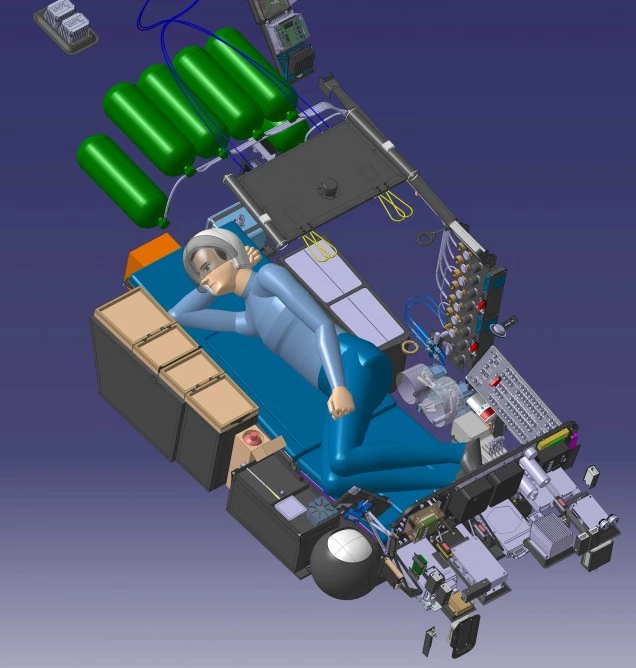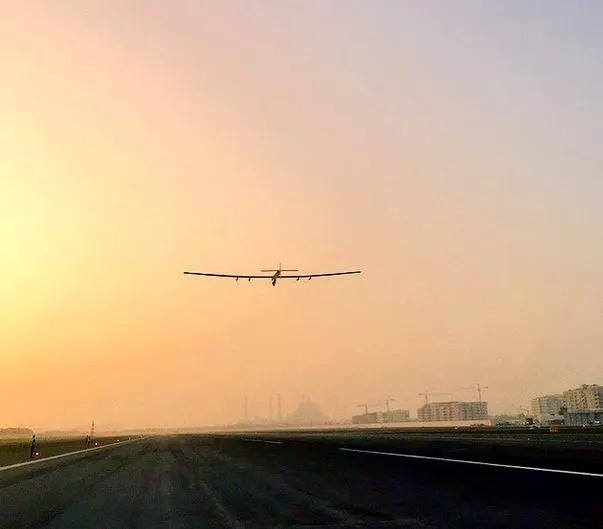A pair of Swiss explorers have begun a mission to circumnavigate the globe via air and sun. A take-off twelve years in the making, the experimental Solar Impulse 2 plane left Abu Dhabi at 7:12 a.m. local time, bound for Muscat, Oman, on the first leg in a journey that will require 25 days in the air spread over a period of roughly 5 months.
"We are very ambitious in our goal, but modest given the magnitude of the challenge," said co-pilots Bertrand Piccard and André Borschberg in a statement. "This is an attempt, and only time will tell if we can overcome the numerous weather, technical, human and administrative issues."
The two co-pilots will take turns flying the dozen or so legs of the trip that will cover 35,000 kilometers (about 22,000 miles) and two ocean crossings.
Borschberg took off Monday for the first leg at 7:12 a.m. local time in Abu Dhabi, reaching an altitude of approximately 5,800 m (19,000 ft) on the way to Muscat, where it is expected to land 12 hours later at around 7 p.m., depending on weather conditions. Solar Impulse 2 is capable of speeds between 50 and 100 km/h (62 mph) and despite a wingspan larger than that of a commercial jet, it weighs about as much as a small car.
From Muscat, Piccard will take over after a planned six hour pit stop for the next leg to Ahmedabad, India (you can find full details of the flight route in our earlier coverage). The route and timing is dependent on weather and traffic patterns, particularly for the long Pacific and Atlantic crossings, but the team will make use of the stop-and-go schedule with a number of promotional and educational events planned along the route.
Solar Impulse 2 is a larger version of the original Solar Impulse craft that made a highly-publicized trans-continental flight across the United States in 2013 without having to burn a drop of fossil fuel. This latest iteration makes use of over 17,000 solar cells across its wingspan to power four electric motors.
The entire journey can be watched live via a YouTube stream.
Source: Solar Impulse














